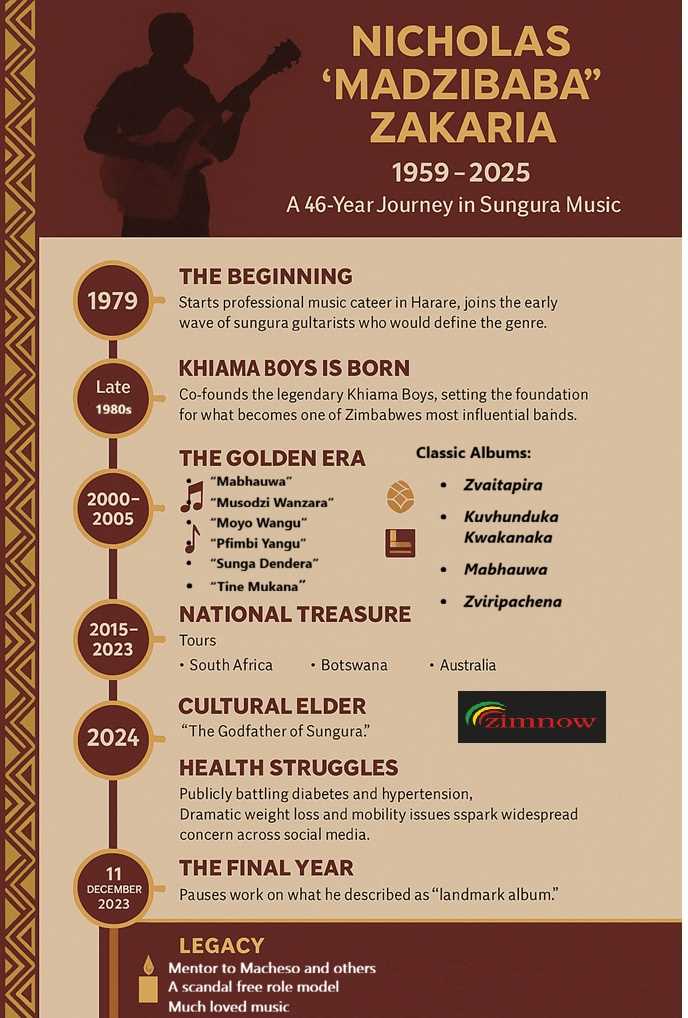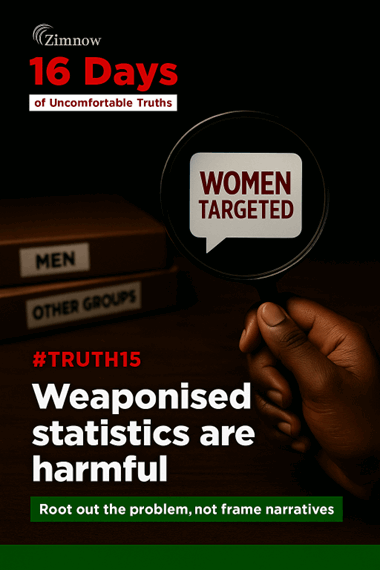
When love turns lethal, the line between victim and villain blurs.
Seven years after shooting her husband, Bridget Makaza has finally been convicted of murder — a verdict that forces Zimbabwe to confront the rare, unsettling reality of women who kill.
Boxed by society as nurturing, self-sacrificing, and gentle, Makaza and other women killers break the mould. They remind us that violence knows no gender — and sometimes, the hand that feeds porridge also ends life.
1. The axe killer
In one of Zimbabwe’s most disturbing domestic murders, a young wife axed her husband in their Harare high-density suburb home, strapped her infant to her back, and spent the day in town to build an alibi. That evening she returned home, raised the alarm, and pretended to “discover” the body. Detectives quickly tore the story apart — blood traces on her clothing, the weapon hidden behind the house, and neighbours’ recollections of a morning quarrel and a heavy thud. She was arrested for murder.
2. The phone killer
Fortunate Nsoro and her husband Petros Mutasa argued after he refused to show her a message on his phone. It ended with Nsoro fatally stabbing him with a kitchen knife. During trial, Justice Tawanda Chitapi ruled that spouses have no right to pry into each other’s phones, affirming the constitutional right to privacy. Nsoro was convicted of culpable homicide and sentenced to ten years, with two suspended.
3. The anti-polygamy killer
Bridget Makaza gave new meaning to marital strife in 2018. After her husband, Macloud Mapanga, owner of Kurai Coaches, married a second wife, Makaza shot him twice in the neck and once in the shoulder as he slept. She screamed “armed robbery!” to lure neighbours, then fled, discarding the gun in the reeds along Mukuvisi River before filing a false police report. Makaza fled to the UK on bail, lived as a fugitive for six years, and finally surrendered. The High Court convicted her, describing the killing as “a calculated act of vengeance fuelled by jealousy and deceit.”
Related Stories
4. The killer spirit
Mary Rukobo, 24, of Muzokomba, Buhera shocked the nation when her 2023 prayer session turned deadly. Where Moses heard a divine command to lead his people, Rukobo said a voice told her to dash her children against rocks. Her two-month-old son Calvin Maputsa died; his two-year-old brother survived with serious injuries. Showing signs of mental disturbance, Rukobo was taken into custody. ZNyaya was unable to confirm the outcome of her legal proceedings.
5. The treble exterminator
Happiness Chimbangu, 34, of Cowdray Park, Bulawayo killed her husband, Edwin, 35, and their two children aged seven months and four years. She reportedly confessed to neighbours. Those close to her said she had reached breaking point under the strain of poverty and family conflict. She was charged with triple murder.
6. The toxic mother
Lorcadia Ranganai was the ultimate toxic relative. She laced bread with rat poison and served it to her eight-year-old daughter, Monalisa, watching as the child writhed in agony. Her plea of non-pathological criminal incapacity was rejected. The Harare High Court convicted her of murder with actual intent and handed down a lengthy custodial sentence. The case still fuels debate over Zimbabwe’s abolition of the death penalty.
7. Four times a mother, four times a killer
Emeldah Marizanhi, of Chivhu, became a national horror story — the woman whose name alone now evokes the unthinkable. In 2020 she killed her four daughters, some nearly beheaded, in what prosecutors called “an act beyond comprehension.” Investigators described the scene as one of the most distressing they had ever encountered. In March 2023 the High Court convicted her on four counts of murder and imposed four life sentences.
The Gendered Landscape of Murder in Zimbabwe
From prayer hills to bedrooms, these stories are reflections of jealousy, despair, delusion, and rage that cut across gender. These cases stand out precisely because women rarely kill.
ZRP homicide data over the past decade show that women make up less than 10 percent of perpetrators, while accounting for over 60 percent of victims, mostly in domestic settings.



















Leave Comments